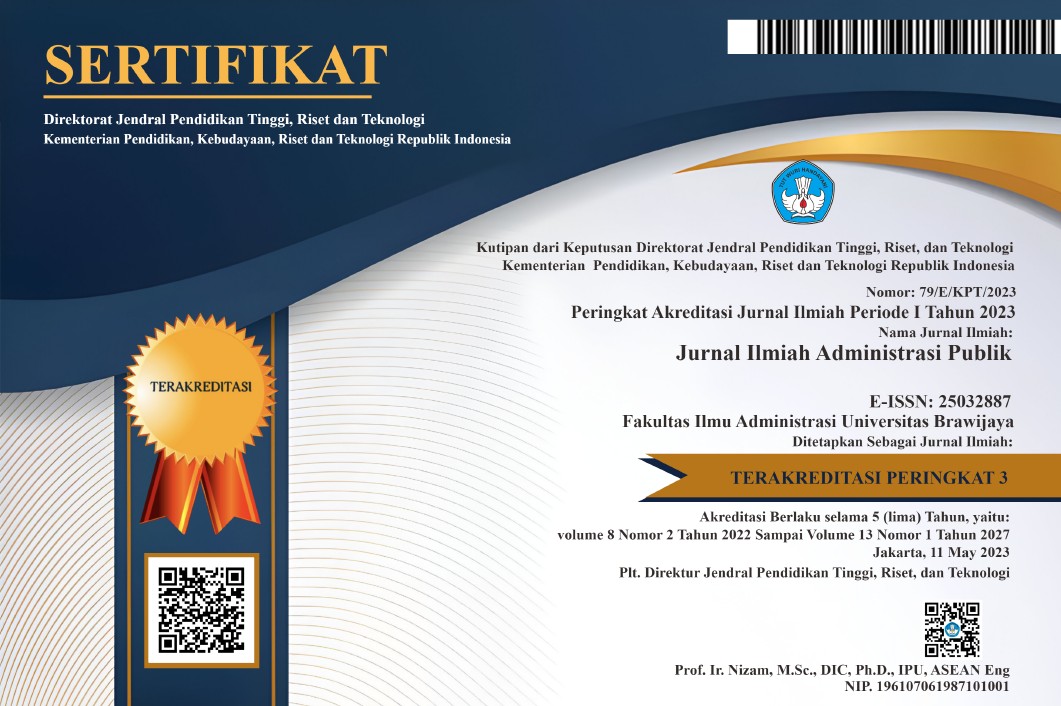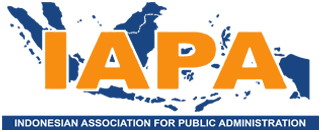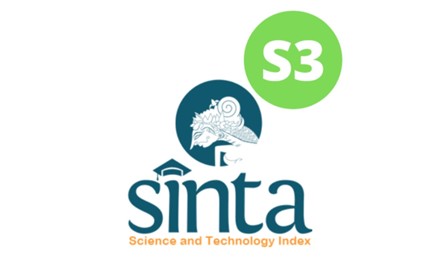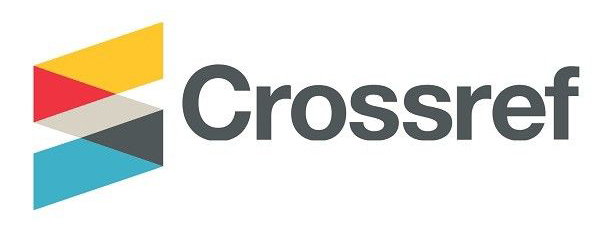The Impact of Public Participation Towards Waste Management In Tataaran Patar Village of South Tondano District
DOI:
https://doi.org/10.21776/ub.jiap.2019.004.01.8Keywords:
garbage, community participation, floodAbstract
Garbage is a main issues discussed by many people, as we all know the amount of litter in Indonesia each year has increased, production of urban waste in Indonesia amounted to 38.5 million tons/ year or when averaged per-day amounted 200,000 tonnes/ day. If viewed in terms of waste management, it is known that 68% of the waste is transported and dumped, buried 9%, 6% is processed into compost and recycled, 5% was burned, and 7% of the waste is not managed. Trash if not handled properly will cause the unpleasant smell, the source of various diseases, blockage of waterways and can also cause flood. It was found by researcher in direct observation in the Village of Tataaran Patar, District of South Tondano. One of the main factors is the lack of public awareness on environment especially trash management boils down to the lowest participation rate.References
Adjid, D.A. (1985). Pola Partisipasi Masyarakat Pedesaan Dalam Pembangunan Pertanian Berencana. Orba Sakti, Bandung.
Cohen., & Uphoff. (1977). Rural Development Participation. Cornel University, New York.
Cernea, M. (1988). Mengutamakan Manusia di dalam Pembangunan. Universitas Indonesia, Jakarta.
R, Soemandi. (2008). Sampah. Jakarta: Gramedia.
Rukmana, N. (1993). Manajemen Pembangunan Prasarana Perkotaan. LP3ES, Jakarta.
Sajogyo. (1993). Partisipasi Petani. Bogor: IPB.
Soetrisno, L. (1995). Menuju Masyarakat Partisipatif. Kanisius, Yogyakarta.
Tchobanoglous, G,. Theisen, H,. & Vigil, S. (1993). Integrated Solid Waste Management. Singapore: Mc Graw-Hill Book Co.
Downloads
Published
Issue
Section
License
If your paper is accepted, the author identified as the formal corresponding author for the paper will receive an email prompting them to login into Author Services; where via the JIAP Author Licensing Service they will be able to complete the license agreement on behalf of all authors on the paper.














